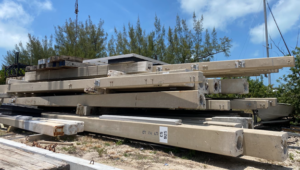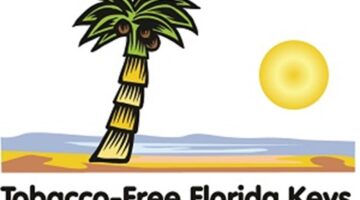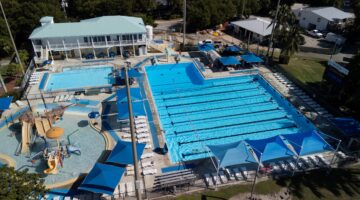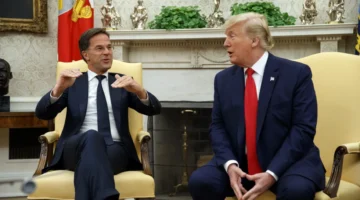FIRST DEPLOYMENT OF ARTIFICIAL REEF MATERIALS SINCE 2009 OUT FOR BID, TO BE PLACED OFF KEY WEST ON THE GULFSIDE

The concrete poles are referred to as secondary-use concrete, which is a popular artificial reef material due to its size, weight, long lifespan, capacity for creating a variety of habitats for marine life, and low impact on the marine environment. The poles will be stacked to create habitat spaces of different sizes.
MONROE COUNTY, FL – The Monroe County Board of County Commissioners recently approved a Request for Proposals to deploy approximately 45 concrete power poles received from two sources, including the Florida Keys Electric Co-op’s Sea Oats Beach project in Islamorada. Monroe County’s Artificial Reefs Director, Dr. Hanna Koch, has been working closely with the Florida Fish and Wildlife Conservation Commission (FWC) to prepare for this much-anticipated first deployment, which will be about 16 nautical miles northeast of Key West in federal waters of the Gulf of Mexico. These materials will provide structural habitat in an area where there otherwise is none to support marine life and provide new fishing opportunities for locals and visitors. The materials will be deployed to create three distinct patch reefs that will be added to over time to increase habitat complexity and space for marine life. The program is entirely funded through a grant from the State of Florida.
The federal permit, submitted back in February, is still under review with the US Army Corps of Engineers, but Koch is lining up a contractor now so that as soon as the permit clears, the deployment can follow.
“This deployment is the first in a long line of projects being developed to provide a number of ecosystem and economic-related services,” said Koch. Education and raising awareness of what we are doing, why, and how will also be important parts of this program,” she added.
In August 2023, Monroe County was awarded $10 million from the State to start an Artificial Reefs program in the Florida Keys. In June 2024, the State awarded an additional $5 million for the program. Artificial reefs can help take pressure off local natural reefs. “This is just the beginning; we plan to create networks of habitats from shallow to deep waters on both the Atlantic and Gulf sides that will provide a variety of quality habitat types to a variety of marine species,” said Koch.
Koch is developing the framework for the future of the Artificial Reefs program in the Florida Keys and is collaborating with FWC and the Florida Keys National Marine Sanctuary (FKNMS). She’s also been having extensive discussions with local stakeholders and scientists to guide the development of projects. “Having the community’s input and involvement is crucial to a successful program,’ said Koch.
There are more than 4,000 artificial reefs in Florida, and 37 coastal counties already have an artificial reef program. In the Florida Keys, 62 artificial reefs, including wrecks, were placed mainly between 1982 and 1989. The most recent artificial reef placed in Florida Keys waters was the Vandenberg off Key West in 2009. Koch plans to apply a science-based approach to the design, deployment, and evaluation of artificial reef materials in the Florida Keys and utilize an adaptive management strategy to iteratively improve material design, placement, and configuration.
For more information on the program, visit www.monroecounty-fl.gov/reefs.
[livemarket market_name="KONK Life LiveMarket" limit=3 category=“” show_signup=0 show_more=0]







No Comment